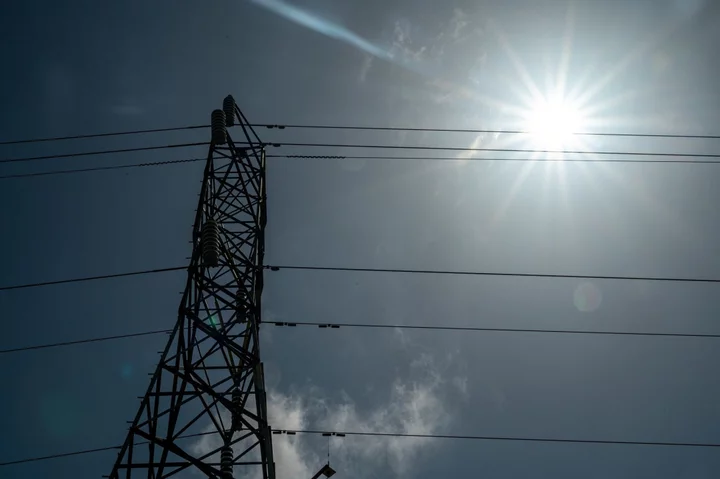California’s power grid has so far survived this summer’s heat intact, with none of the rolling blackouts that have occasionally struck the state in the past. But grid managers did issue a brief alert this week asking residents to conserve power, and more will likely follow.
The alerts appear on the mobile phones of Californians who sign up for them, and they have been shown to make a difference in avoiding outages. Here’s a guide to how they work.
Energy Emergency Alert Watch
These notices can be issued the day before a potential emergency, if the California Independent System Operator — which runs most of the state’s grid — sees electricity demand possibly outstripping supply. They mean that all available power sources are already expected to be in use and may not be able to satisfy demand. It’s a sign for power plant operators in other states to offer more supplies into California’s market.
Energy Emergency Alert 1 (EEA1)
These alerts, issued in real time, say that all available energy sources are now in use, and shortfalls may happen anyway due to high demand. Residents are asked to conserve energy by turning off lights and devices or setting their air conditioning to a higher temperature.
Energy Emergency Alert 2 (EEA2)
These mean the grid operators are reaching out to power plant operators asking for any emergency sources they can bring into the market. Demand-response programs, which give utility customers a cheaper rate in exchange for agreeing to ramp down power use when asked, are activated. And again, consumers are asked to save.
Energy Emergency Alert 3 (EEA3)
Grid operators can’t meet demand while maintaining a minimum reserve, and they warn utilities to prepare for rotating outages. Here’s the catch — unlike the other alert levels, EEA3 comes in two stages. The first warns to get ready for cutting power, the second actually orders the utilities to begin. The Independent System Operator has in the past issued the first EEA3 alert without proceeding to the second, meaning that blackouts were narrowly avoided.
Author: David R. Baker

